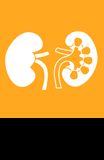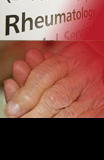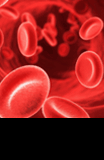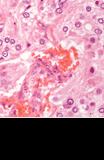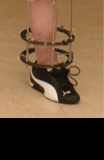Preventing blood clots at OUH
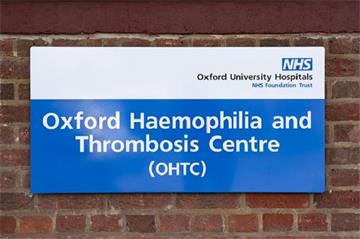
The Thrombosis team at Oxford University Hospitals is marking National Thrombosis Week (NTW, 3-13 May 2022) by launching a video for staff about preventing, identifying, and treating blood clots.
The aim of NTW is to increase awareness of blood clots, extend understanding of prevention, diagnosis, treatment options, and provide information and support to both patients and health care professionals.
Deep vein thrombosis (DVT) is when blood clots in a deep vein (most often the leg). Pulmonary embolism (PE) occurs when a blood clot breaks loose and travels to the lungs. Collectively, DVT and PE are known as venous thromboembolism (VTE).
VTE can be very serious and fatal, with 10 per cent of hospital deaths related to PE.
Approximately 50-60 per cent of VTE are hospital associated where a clot has developed during a hospital admission, or after discharge from hospital. One in 1,000 of the UK population are impacted by the condition.
The VTE Prevention and Anticoagulation teams have created a video to help educate staff and apply measures to prevent it.
The full video can be watched on YouTube.
Sarah Havord, VTE Prevention Nurse at the Trust, said: "Hospital-associated blood clots are a potentially preventable cause of disability and death, and it is crucial that staff are aware of preventative measures to reduce the risk, and that patients are aware of the symptoms of a blood clot so that they seek medical help early.
"The aim of this new video is to complement the brilliant work OUH staff are already doing across the Trust in educating patients and applying measures to help keep patients as safe as possible.
"VTE can affect each and every one of us and we hope that this video helps to highlight the importance of how we can prevent, identify and treat this issue, ultimately saving lives."
Signs of DVT include:
- Leg pain or tenderness
- Leg swelling
- Leg that is warm to touch
- Skin discoloration
Signs of PE include:
- Shortness of breath or difficulty breathing
- Sweating
- Chest pain
- Rapid pulse
- Coughing up blood
Some people are asymptomatic with VTE. Visit the NHS web pages on DVT and PE for more information.







